Space is packed with fascinating mysteries that capture our imagination, often surpassing the wildest science fiction tales. In this article, we’ll dive into some of the most intriguing objects found in the universe, each with its unique story and enigmatic qualities.
Oumuamua
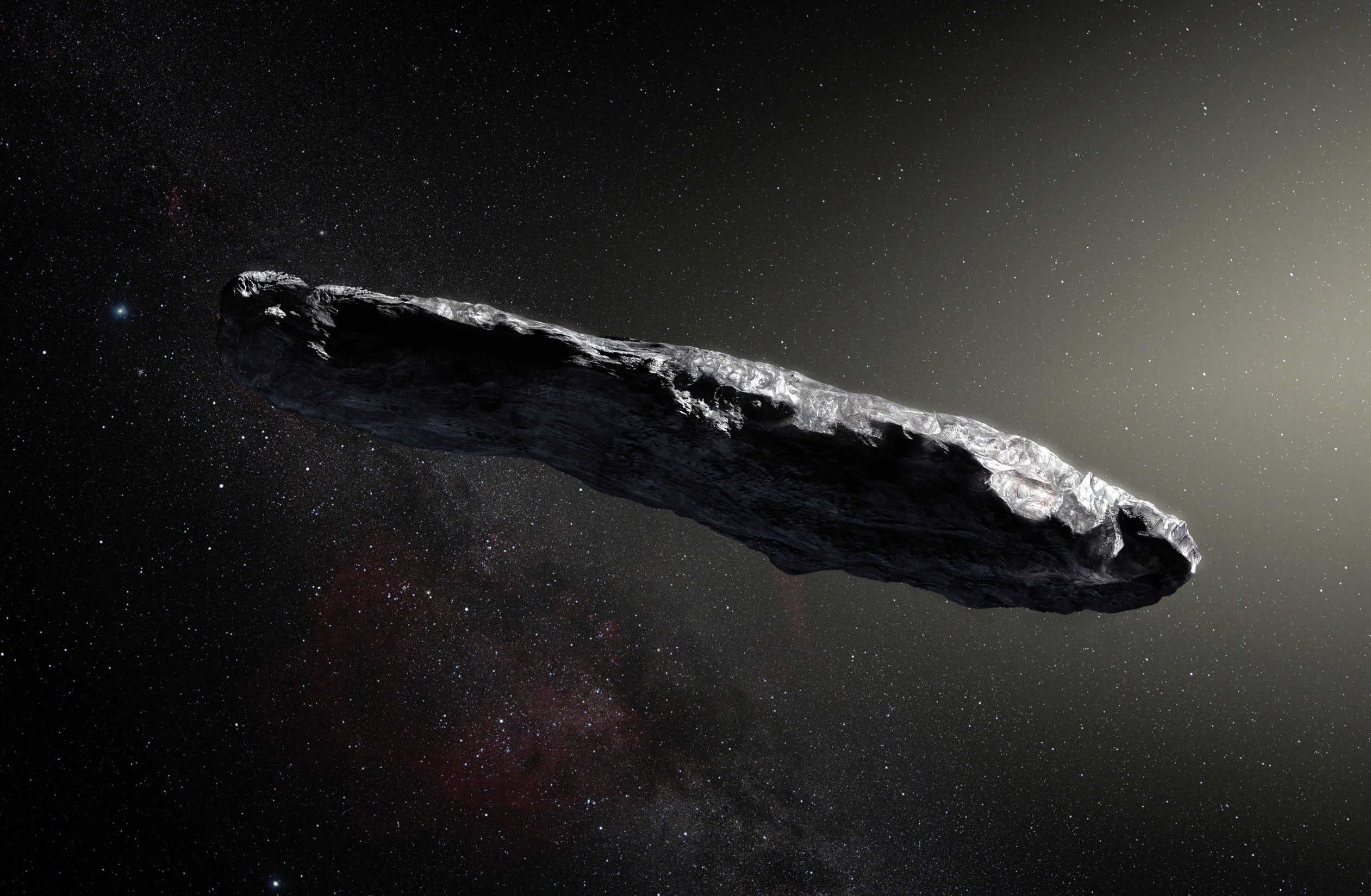
Oumuamua is an elongated, cigar-shaped object discovered in 2017. It was the first known interstellar visitor to our solar system. Its name means “scout” in Hawaiian, reflecting its role as a messenger from afar. The object is unusual due to its shape and high speed. Unlike typical asteroids or comets, Oumuamua did not show a visible cometary tail. Scientists speculate it might be a fragment of a larger body or even an alien probe.
Tabby’s Star
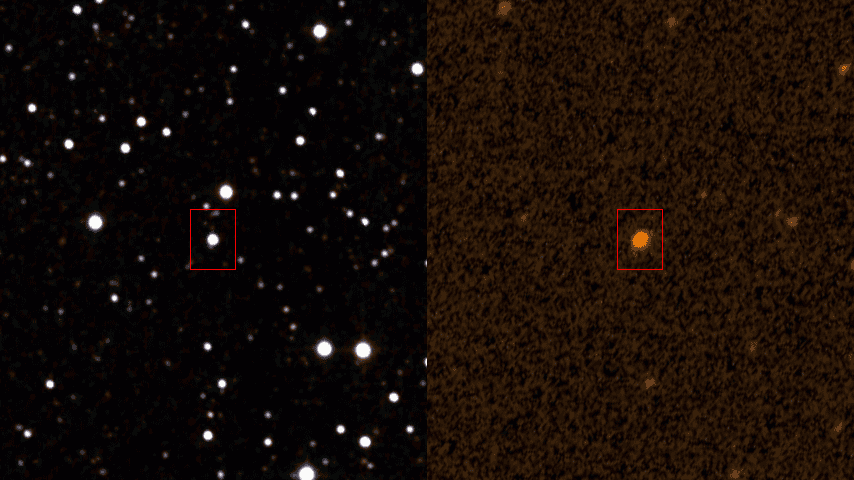
Tabby’s Star, also known as KIC 8462852, gained fame due to its irregular and significant dimming. Discovered through the Kepler Space Telescope, it exhibits brightness drops of up to 22%. The star’s dimming patterns have puzzled astronomers. Theories range from a swarm of comets to alien megastructures. Despite extensive research, its true nature remains a mystery, sparking continuous interest and speculation.
Quasars
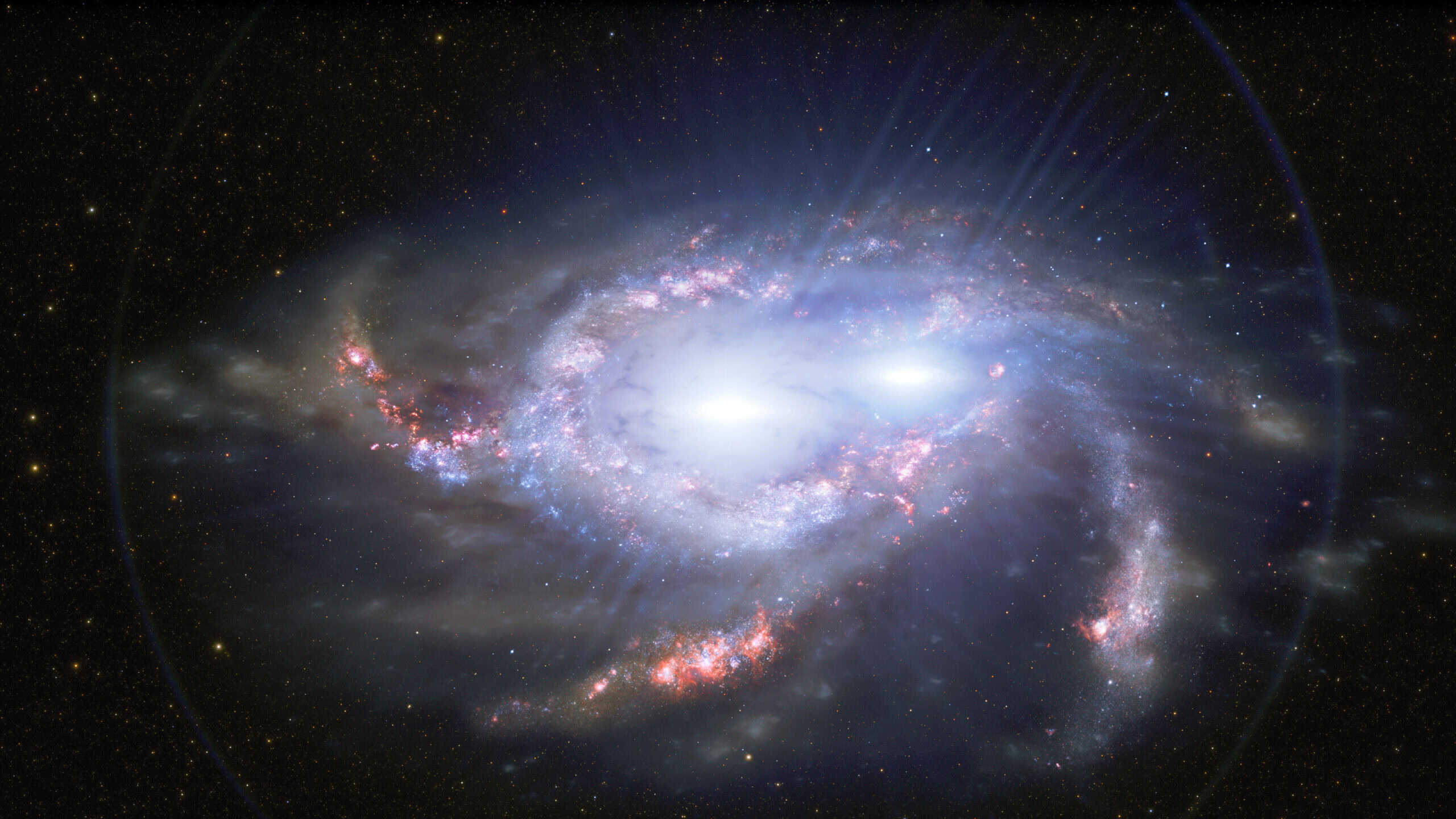
Quasars are the extremely bright centers of distant galaxies, powered by supermassive black holes. They were first discovered in the 1960s and appear as star-like points in telescopes. Quasars emit immense energy, often outshining their host galaxies. This energy comes from the accretion of matter onto the black hole. Quasars are key to studying the early universe, as they are among the most distant objects we can observe.
Rogue Planets
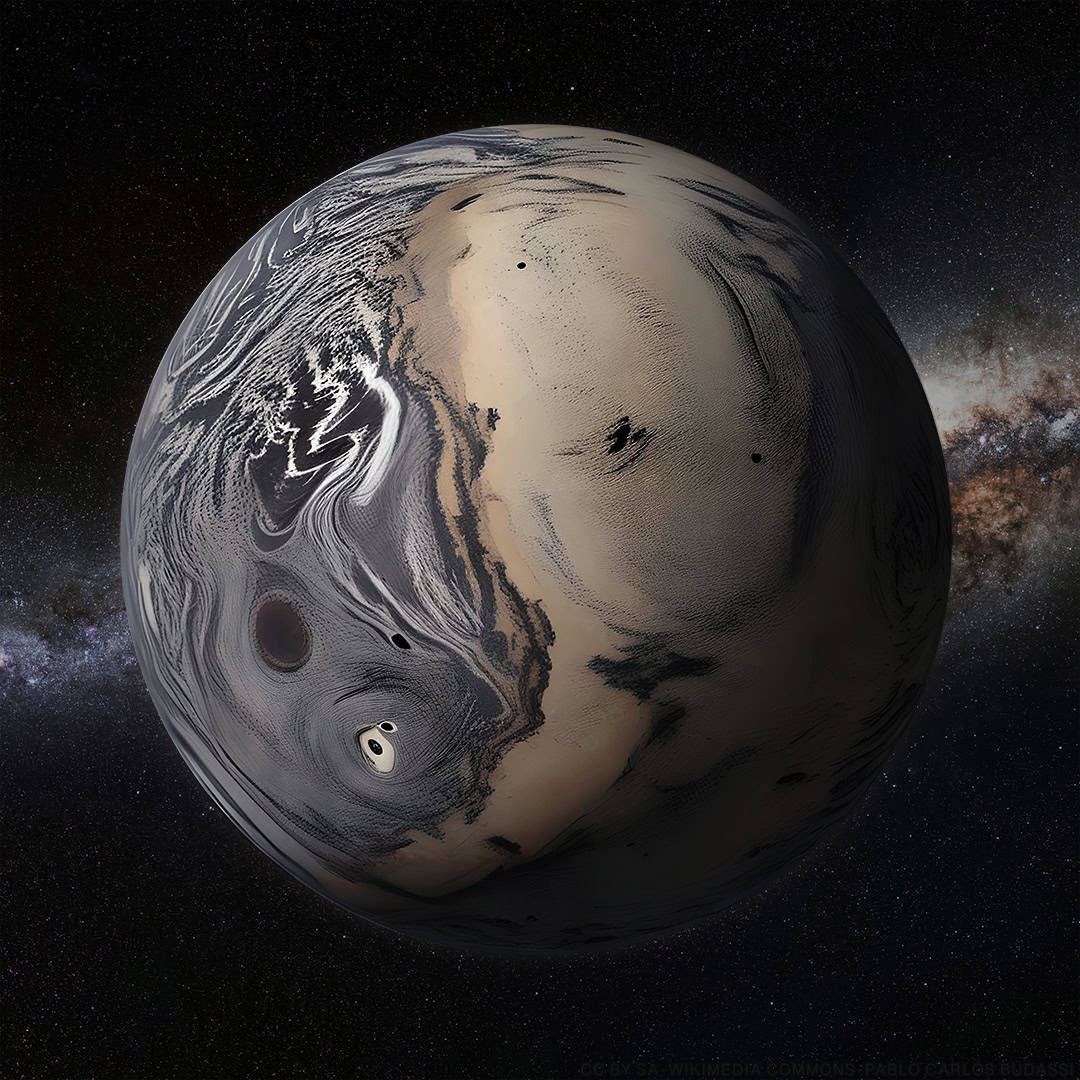
Rogue planets are free-floating planets not bound to any star. They wander through space independently. These planets may have been ejected from their original solar systems. Rogue planets are difficult to detect due to their lack of a nearby star. They are identified through gravitational microlensing and infrared surveys. Their existence challenges our understanding of planetary formation and stability.
Pillars of Creation
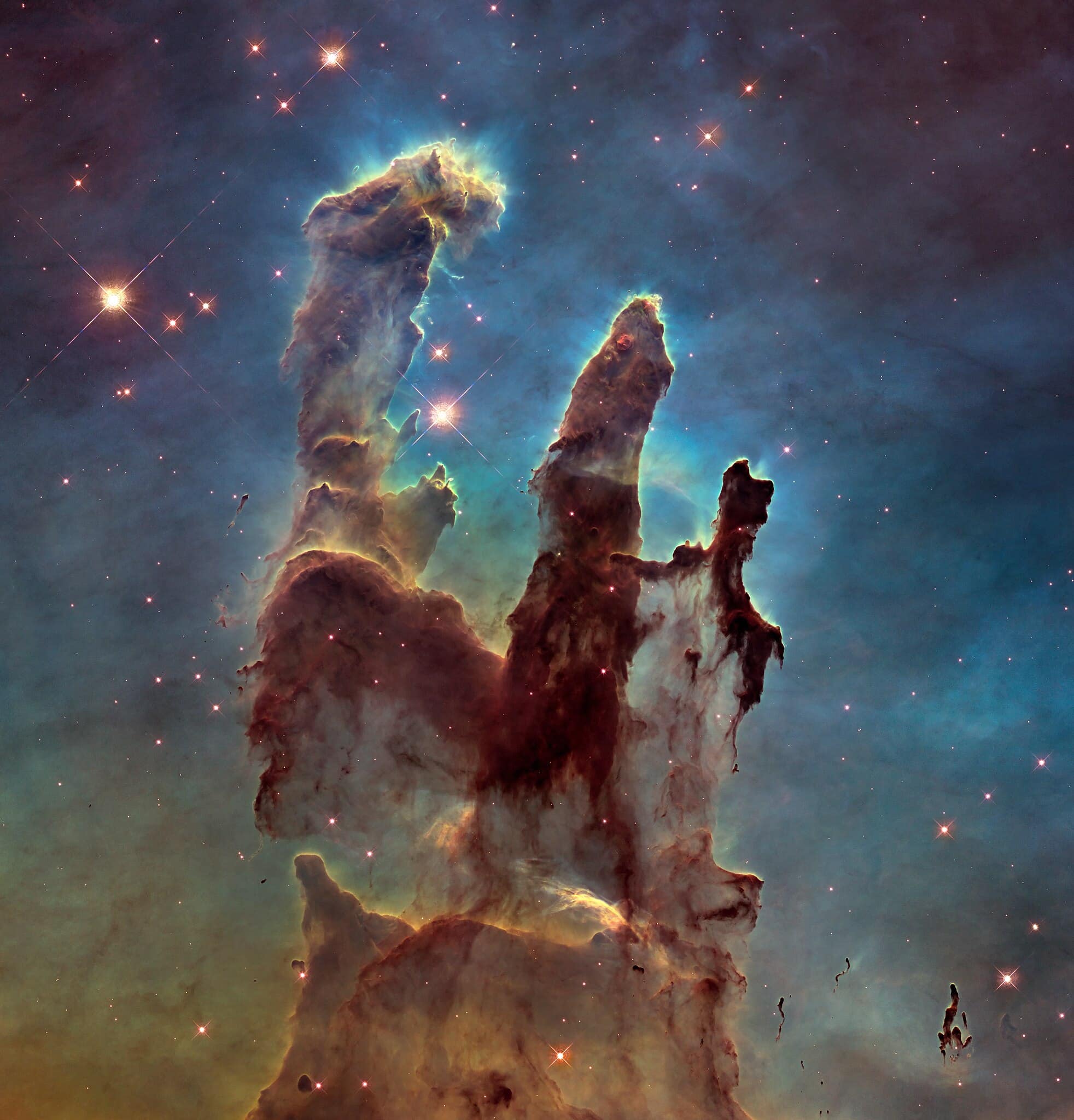
The Pillars of Creation are towering structures within the Eagle Nebula. These columns are composed of interstellar gas and dust. They were famously captured by the Hubble Space Telescope in 1995. These pillars are regions of active star formation. Young stars within the pillars illuminate the gas, creating a striking visual effect. The structures are gradually being eroded by strong stellar winds and radiation.
Einstein Ring
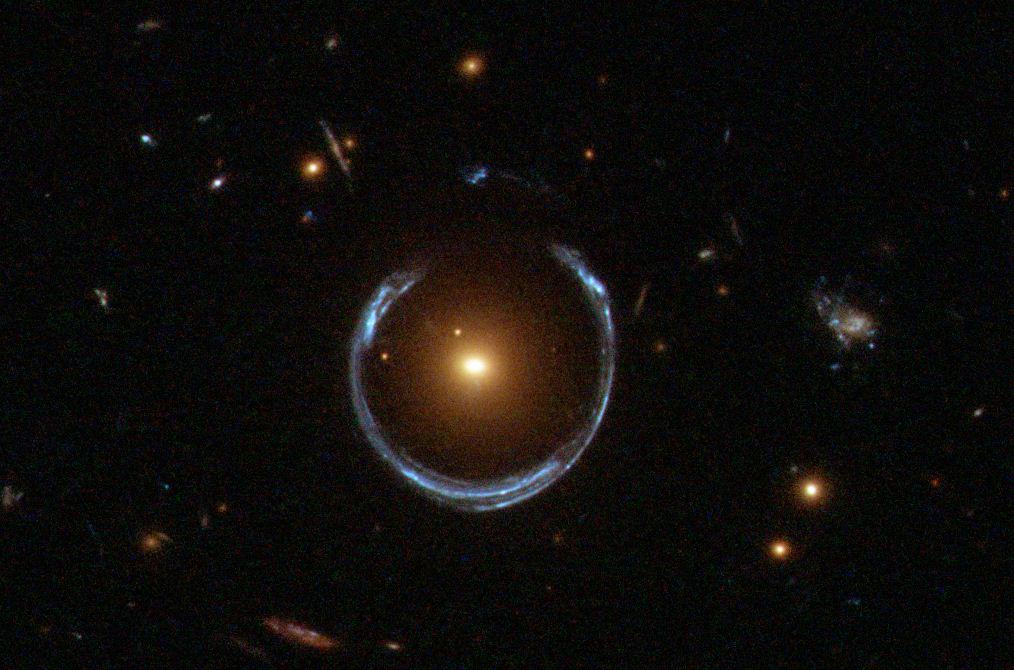
An Einstein Ring is a ring-like image formed when light from a distant object is bent around a massive object between the source and the observer. This effect is a consequence of Einstein’s theory of general relativity. The ring is named after Albert Einstein, who predicted gravitational lensing. These rings provide valuable information about the mass distribution of the lensing object. They are important tools for studying dark matter and the universe’s structure.
Neutron Stars
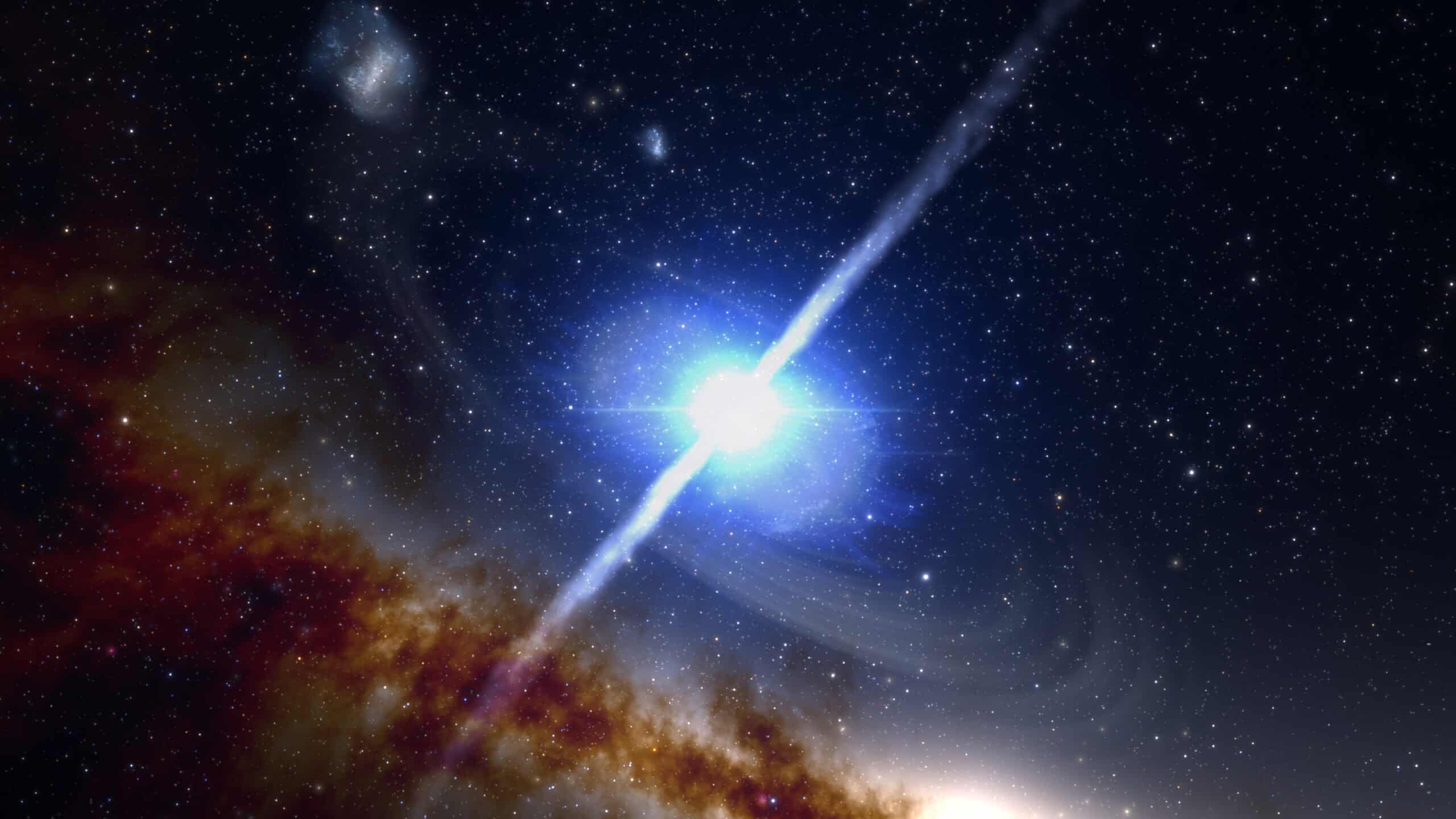
Neutron stars are the remnants of massive stars that have exploded in supernovae. They are incredibly dense, with a mass about 1.4 times that of the sun compressed into a sphere only about 20 kilometers in diameter. Their density is so high that a sugar-cube-sized amount of neutron star material would weigh a billion tons on Earth. These stars are composed mostly of neutrons and have extremely strong magnetic fields. Neutron stars rotate very rapidly, sometimes hundreds of times per second, emitting beams of radiation. When these beams sweep past Earth, they are observed as pulsars, a type of neutron star.
Exoplanet 55 Cancri e
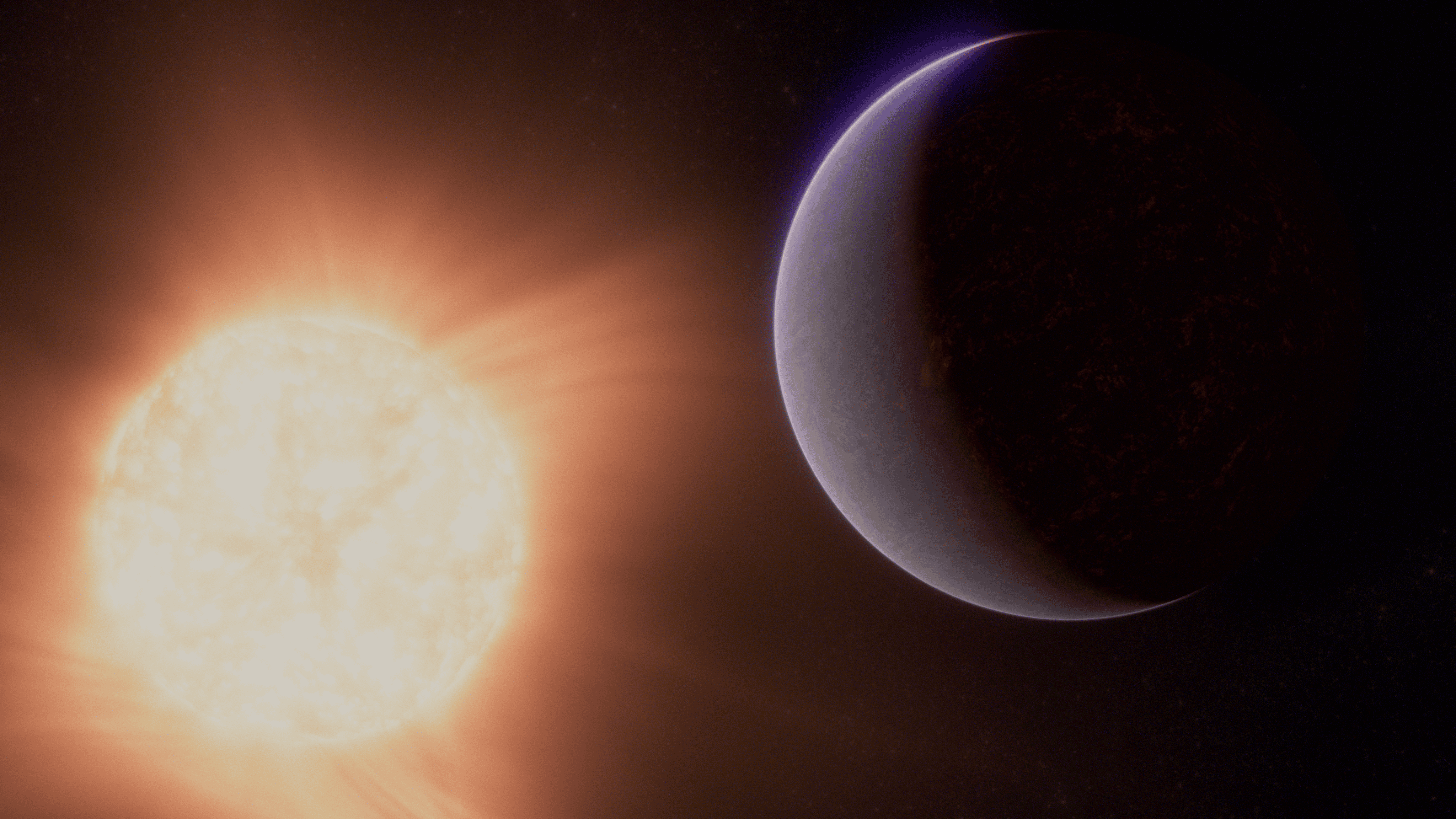
55 Cancri e is an exoplanet located about 41 light-years away in the constellation Cancer. It orbits its star, 55 Cancri, very closely, resulting in a surface temperature exceeding 2,000°C. This proximity makes it a superheated, hellish world. This exoplanet is believed to be tidally locked, with one side perpetually facing its star. Its extreme conditions have led scientists to speculate about its composition, suggesting that it might have a substantial amount of carbon, possibly in the form of diamond.
The Boomerang Nebula
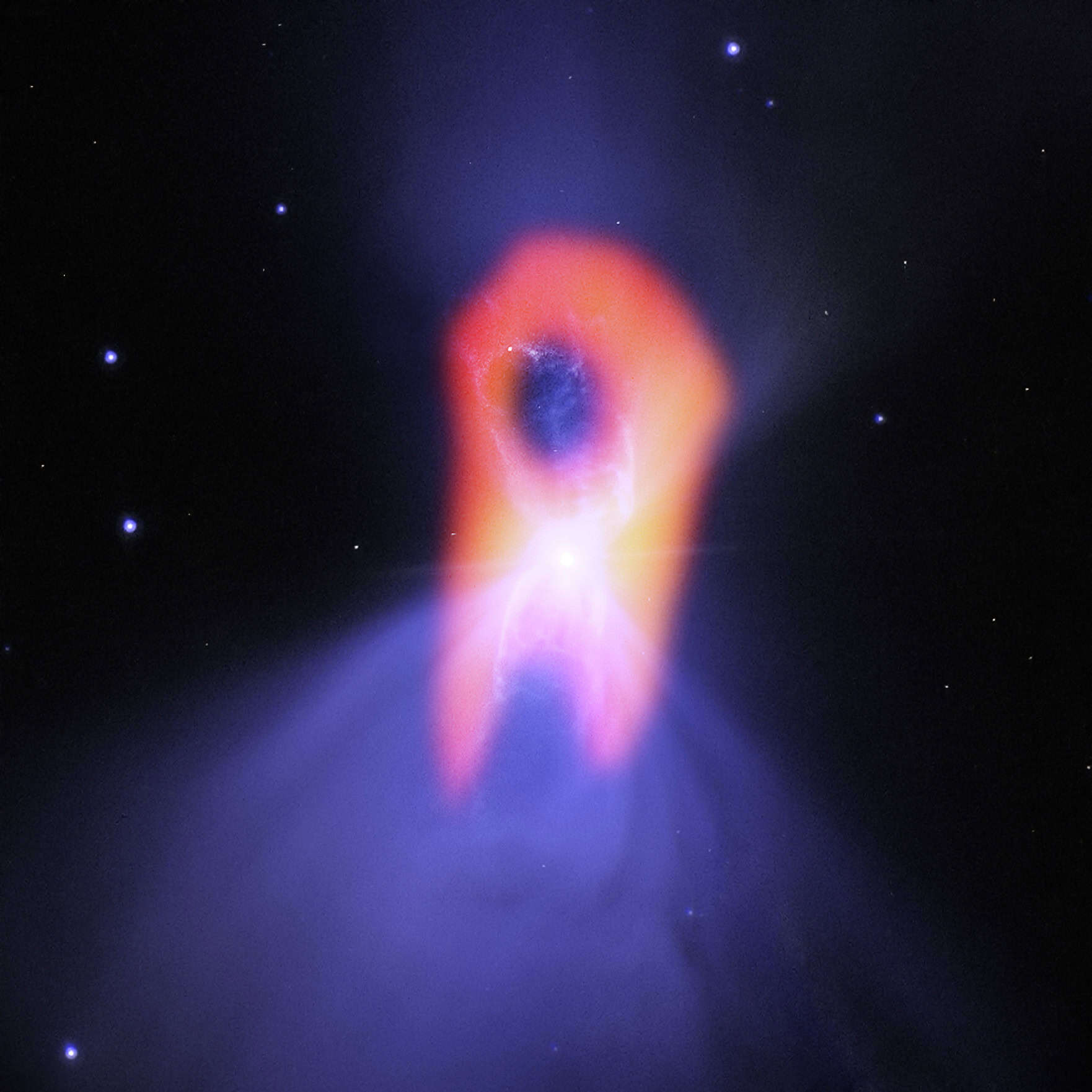
The Boomerang Nebula, located about 5,000 light-years away in the constellation Centaurus, holds the record for the coldest known place in the universe. Its temperature is a staggering -272°C, just one degree above absolute zero. This nebula’s extreme cold is due to rapid expansion of gas ejected from its central star. The gas expands so quickly that it cools to temperatures lower than the surrounding space. The Boomerang Nebula’s unique properties make it an intriguing object for studying the physics of low temperatures and stellar evolution.
Hexagon on Saturn
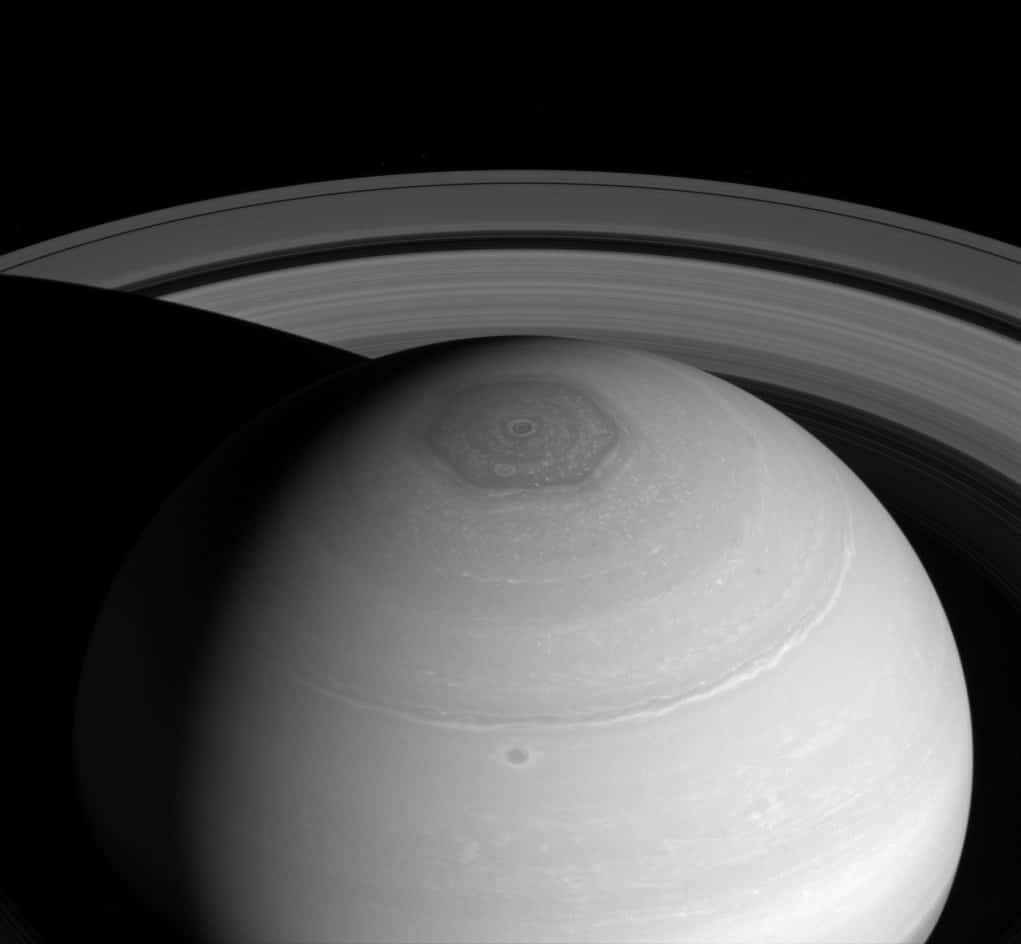
The hexagon on Saturn is a fascinating and persistent cloud pattern located at the planet’s north pole. Discovered by the Voyager spacecraft in the early 1980s, this hexagonal storm is about 30,000 kilometers wide and features a rotation period of about 10 hours and 39 minutes. The hexagon’s six-sided shape is a unique atmospheric phenomenon not seen elsewhere in the solar system. Scientists believe it is caused by a standing wave pattern in Saturn’s atmosphere. The hexagon’s stability and peculiar shape continue to intrigue researchers studying planetary atmospheres.
Hanny’s Voorwerp
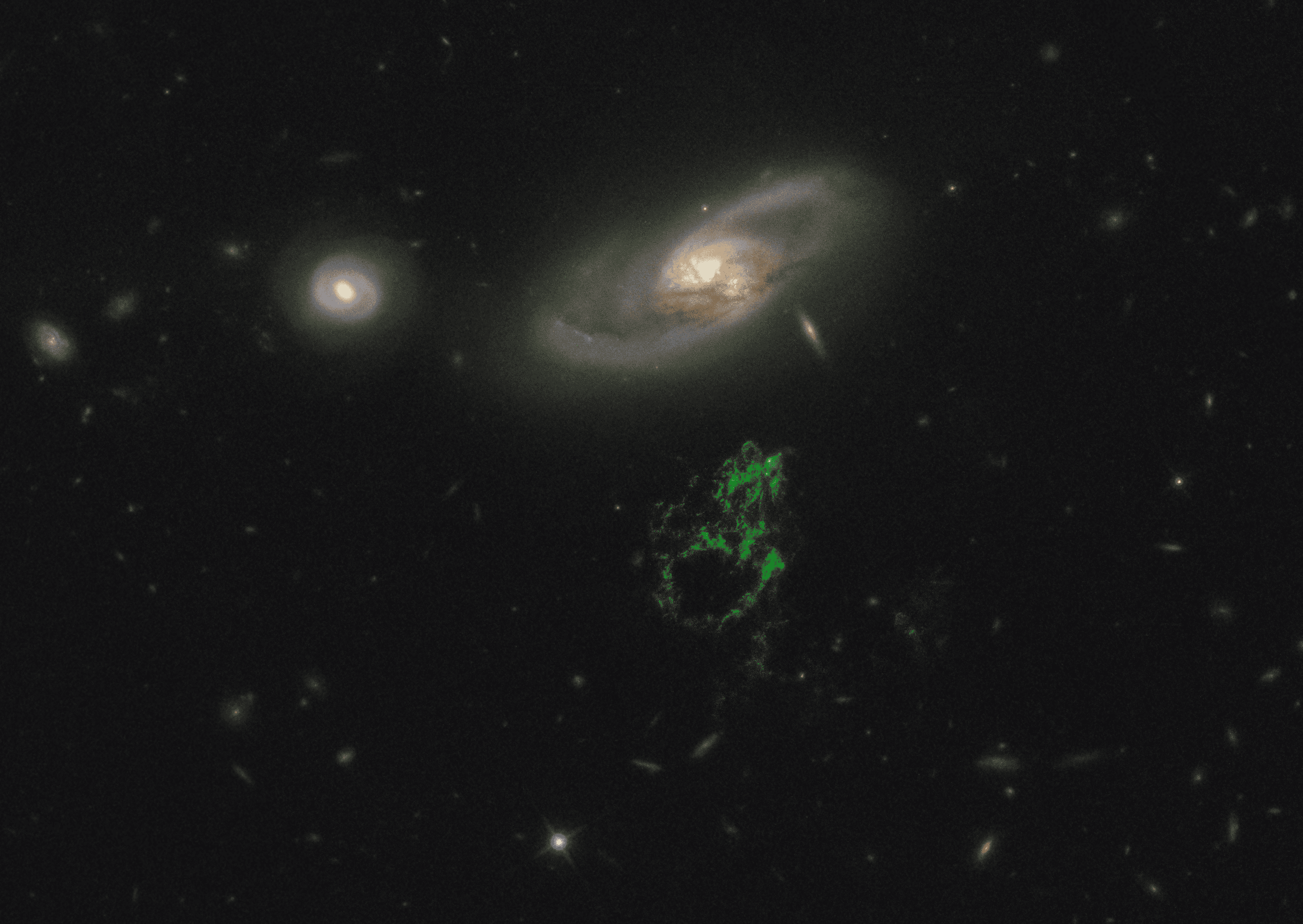
Hanny’s Voorwerp, or “Hanny’s Object,” is a rare and mysterious cloud of gas located near the galaxy IC 2497. Discovered by Dutch schoolteacher Hanny van Arkel in 2007 through the Galaxy Zoo project, it glows with a bright green color due to ionized oxygen. This object is illuminated by a quasar, a highly energetic and active nucleus of a galaxy, which has since gone quiet. Hanny’s Voorwerp is a unique example of a light echo, where the light from a past quasar outburst continues to illuminate surrounding gas clouds. It offers a glimpse into the dynamic and changing nature of galactic nuclei.
This article originally appeared on Rarest.org.
More from Rarest.org
11 Most Expensive Ancient Coins Ever Discovered

Discovering ancient coins is like finding a piece of history. These coins not only hold immense value but also tell fascinating stories. Read More.
11 Top Most Sought-After Gold Coins
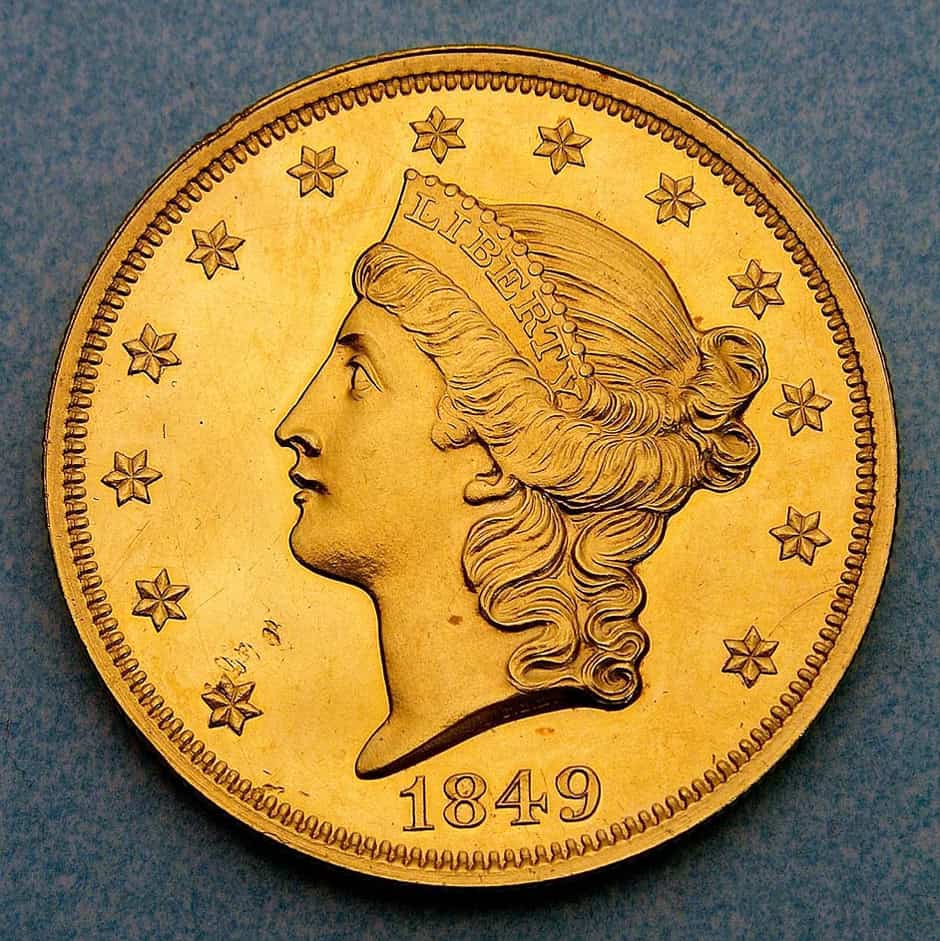
Gold coins have fascinated collectors and investors for centuries, combining the allure of precious metal with historical significance and artistic beauty. Read More.
16 Endangered Animals You Can Still See in the Wild

Witnessing endangered animals in their natural habitat is a rare and awe-inspiring experience. These creatures face numerous threats but still roam the wild in certain parts of the world. Read More.
